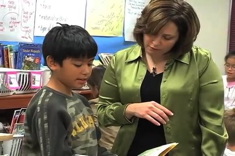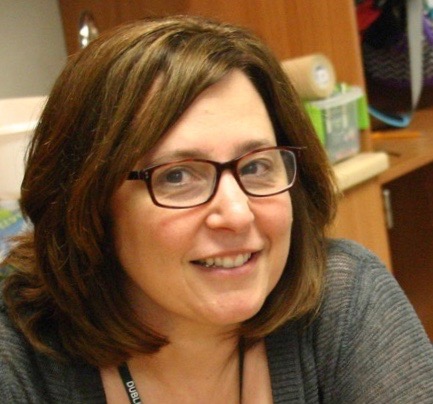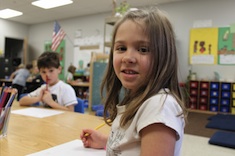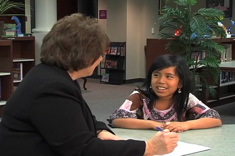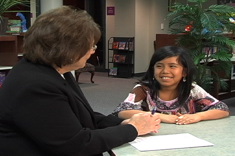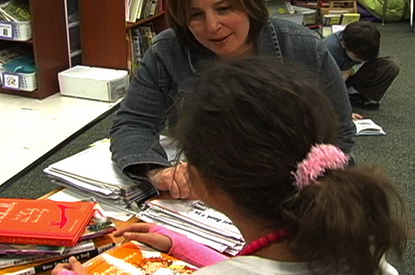As I begin to set up my classroom, I can’t help but think back to Jonathan’s comment on our last day of school a few years ago in June. We were reflecting on our year, talking about things we were looking forward to and things we would miss once the last bell rang. Jonathan said, “I am going to miss that we are never going to be all together, in this room, laughing and learning.” The class sighed in agreement.
As teachers, we know that our classrooms never feel quite the same from year to year. We know that things that built community one year, might have a different impact with a different group of students. But, as I think about this year’s classroom, I can’t help but wonder how best to set up the classroom so that we get that same feel that Jonathan described. I want students to know the power of the community in influencing their learning and living.
The back to school season is a happy one for teachers, students and parents. It is the time when we remember what school is about, and what we want most for our children. Newspapers in August are full of ads and articles about the Back to School season. In August, we aren’t thinking of test scores. Newspaper articles tell about students shopping for a new book bag instead of complaining about teachers’ lack of “core knowledge”. It is as if, during this time, the country remembers that school is more than test scores. It is about getting to know each other and building an intellectual community together.
As teachers, we’ve somehow managed to protect this time – this beginning of the school year. We don’t worry about testing in September and October. We have worked hard to keep this time as the time we get to know our students and enjoy teaching the way we envisioned it when we first began our careers. We know that it is important time.
The classroom we are creating will support learners all year … but it will be more than that. We know that this space we create will become an anchor for the child who may need one. We know that it might be the community that one child needs to get through a parent’s cancer treatment, to heal from a recent divorce, to overcome a struggle with learning, or to connect after a move from another school.
We know that life will happen while we live in this classroom together. A new brother or sister will be born. A student may be in an aunt’s wedding. Someone may begin a friendship that will last a lifetime. So, we want to create a space that can support and nurture the lives of each and every child.
Building Community in Writing Workshop with Interviews
For me, writing workshop is the time when I can most easily begin this work of getting to know each other and coming together as a community. It is in writers’ notebooks that we learn about each other’s lives and come to know each other as human beings. We celebrate together, solve problems together, and grieve together when we share the stories of our lives.
At the beginning of the year, I want my students to feel valued as part of our learning community. To do that, I also want them to develop their own identities as writers. I know that if they know themselves as writers — what they like, their strengths, their goals, etc. they will grow in all areas of writing. So, I’ve developed a writing interview that I plan to administer to my students as part of their first writing conferences during those first few weeks of school. By asking them questions about their lives as writers, I place value on their lives outside of school. Questions from the interview include:
- How would you describe yourself as a writer?
- What kinds of things do you like to write?
- What kinds of things do you NOT like to write?
- Is there a kind of writing you’d like to try?
- Is there an author that you wish you wrote like? Why?
- How do you get ideas for your writing?
- Do you talk to anyone about your writing?
- What do other people in your family write?
- What do you do when you are stuck in your writing?
- What do you do to make your writing better?
- What are you most proud of in your writing? Why?
- What is a goal you have as a writer?
If I administer the writing interviews to the entire class, I learn about individual students and gain a sense of our emerging community. You can download a copy of the writing interview template by clicking on the link here.
I want to create a space that makes each child feel valued and comfortable. No matter what else is going on in their lives or in the world, we know that this classroom will be a place to be with friends, with people who know and understand you – as Jonathan said, “all together, in this room, laughing and learning.”

